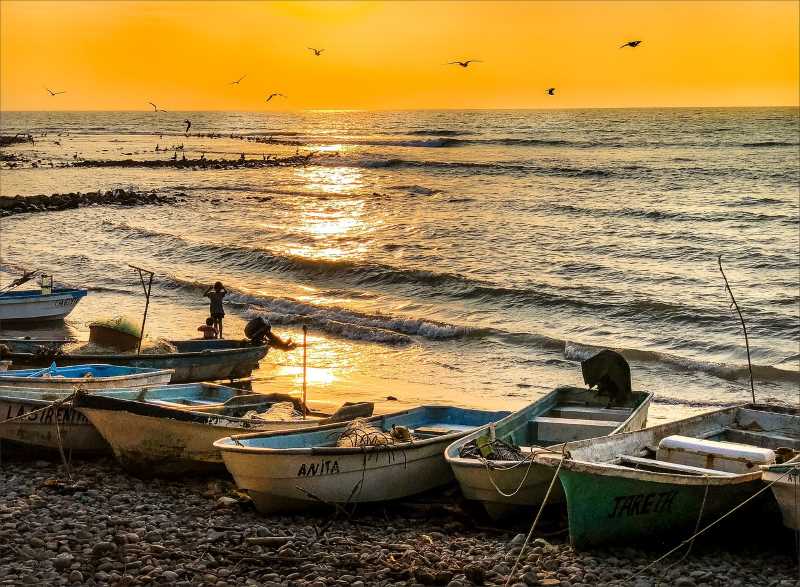The Shifting Waters of El Barril's Fishing Economy
El Barril, a Mexican village where fishing is more than just an industry—it's a heritage. Yet, this artisanal fishing community faces a sea of challenges, from seasonal slumps and single-buyer vulnerabilities to the menace of illegal fishing.

In the remote confines of Mexico's coastline, at the crossroads of Sonora, Baja California Sur, and even as far as Chiapas, lies El Barril. It's a locale unassuming at first glance but deeply steeped in history and tradition, and a crucible for what one might term 'artisanal' fishing—a practice deeply anchored in the community’s heritage.
El Barril's fishing economy underwent a significant structural change in 2004 with the formation of Sociedad de Producción Rural El Barril de Responsabilidad Limitada (SPR El Barril RL). This organization, a corporate concoction of 33 members—18 of whom are active fishermen, alongside ejidatarios (landholders under Mexico's communal land system) and their children—effectively institutionalized the fishing activities that had been running in this village for decades. Governed by a board of directors and a supervisory board, it operates under a rather elaborate administrative apparatus.




